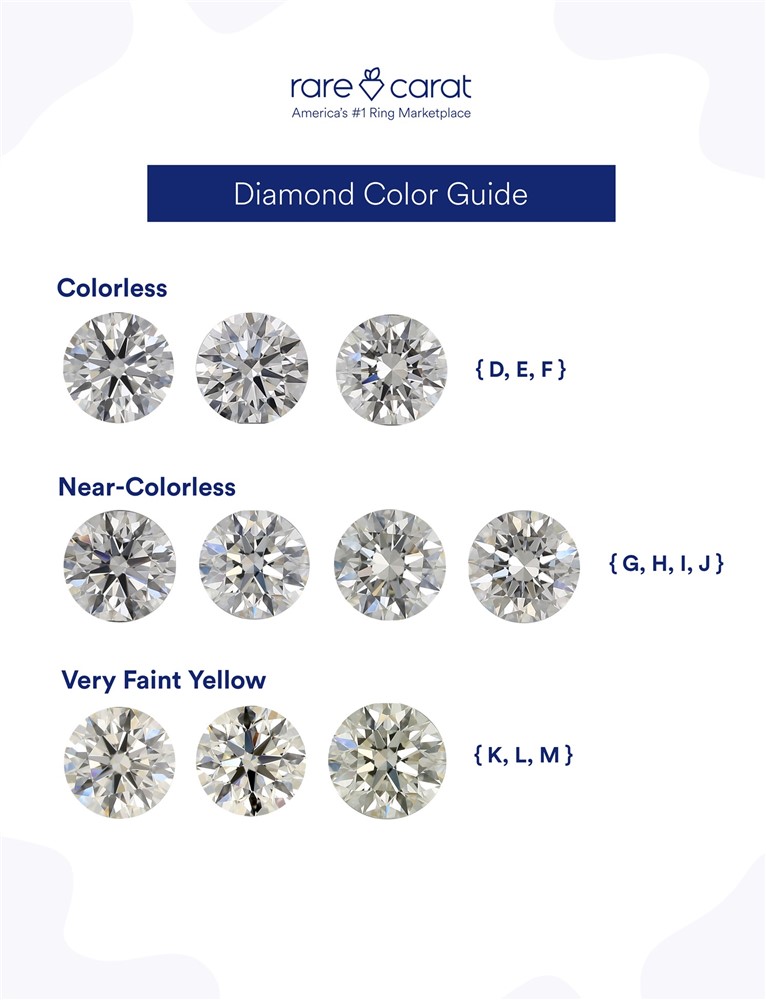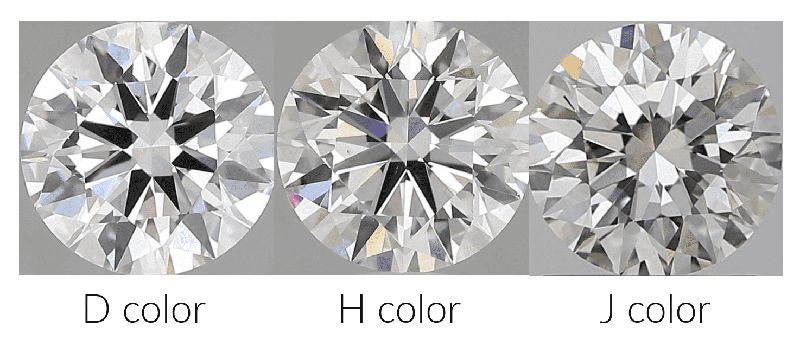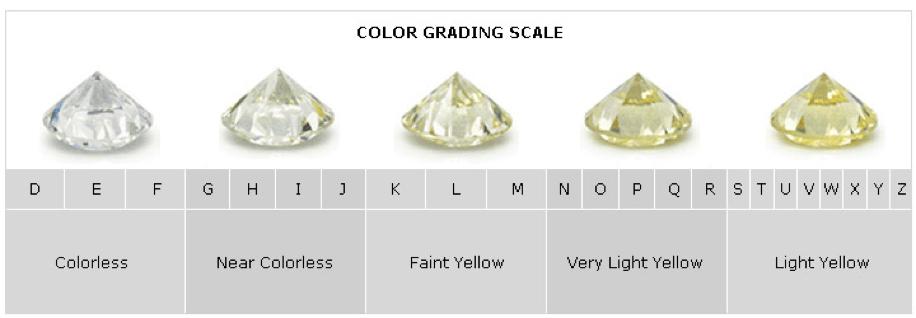What are D color diamonds? | Rare Carat
Rian here - we’ve written these color grade articles for you to get the nitty gritty on each diamond color grade. You can also get the big picture: view our page on the diamond color scale about specific diamond colors. Enjoy!
The Details About D Color Diamonds

Simply put, ‘D’ is the crème de la crème of diamond color grades.
D color diamonds have the least amount of color in them (technically colorless), and this makes them the brightest, whitest, and iciest of all the colors on the scale. It also makes them the rarest of all the colors, and - yes, you’ve guessed it - the cruelest on your wallet.

Colorless diamonds (grades D-F) make up less than 1% of the world’s supply of diamonds, and as a result, you are expected to pay a premium for the privilege of owning one.
Here is a chart to help you better understand the color grading scale:

However, a word of warning as you embark on that journey. Do not assume that buying the best color diamond means you will get the most beautiful icy white stone. The best color (and indeed clarity) in the world is wasted on a diamond that is not cut correctly. If you need some guidance on this, just remember this ancient proverb; every time someone buys a poorly cut diamond, an angel loses its wings.


D Color Diamond Buying FAQs